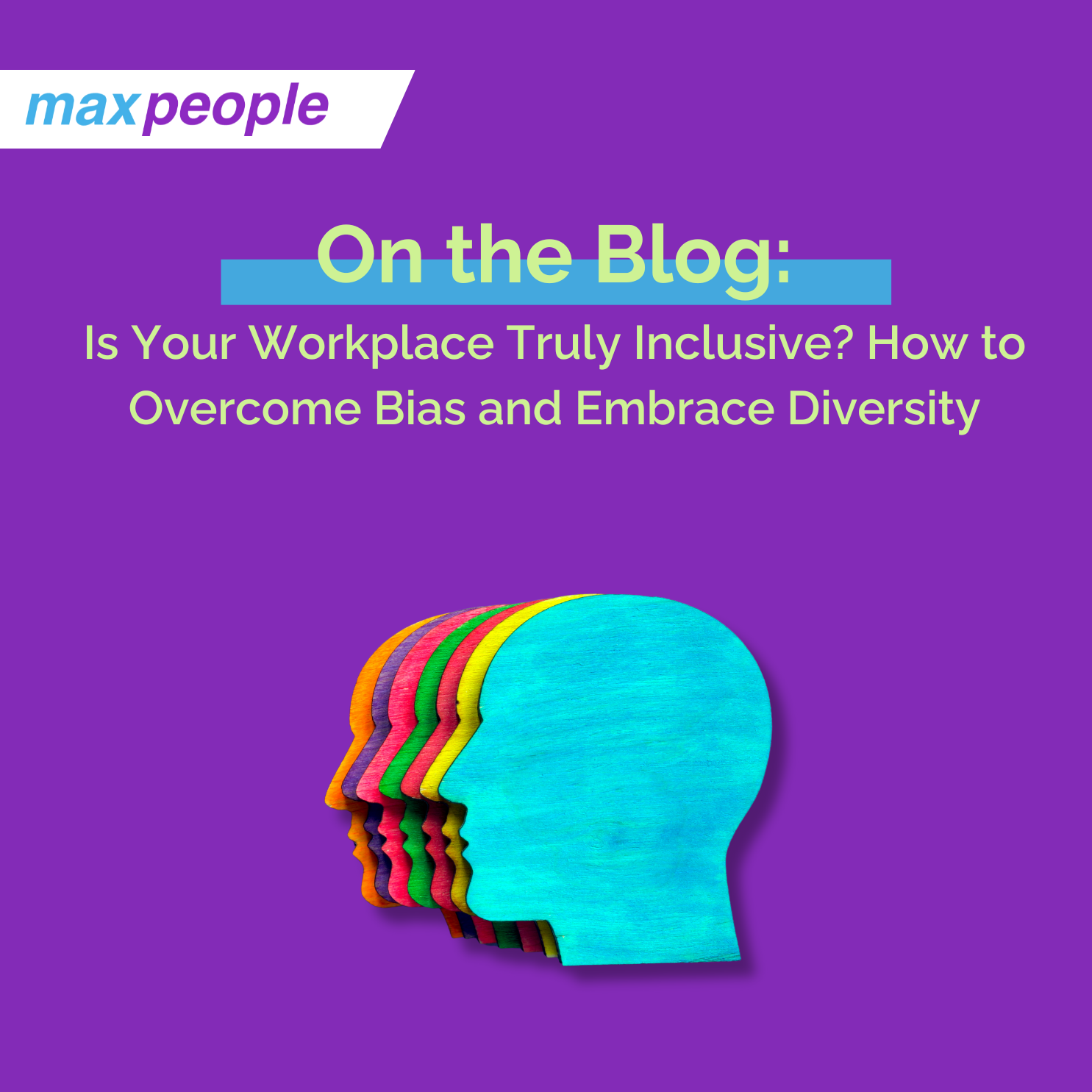Blog Post
Is Your Workplace Truly Inclusive? How to Overcome Bias and Embrace Diversity
3 Jun 2024

In today’s world, the importance of diversity and inclusivity in the workplace cannot be overstated. A diverse workforce brings a variety of perspectives, experiences, and ideas to the table; driving innovation and creativity. However, creating a truly inclusive culture requires more than just hiring a diverse workforce—it requires a conscious effort to tackle bias and create a welcoming environment for everyone.
Understanding Bias as a Barrier to Diversity
In the workplace, bias can manifest as prejudice or a preconceived preference that influences decision-making and behaviour, often unconsciously. It can affect various aspects of the workplace, from hiring and promotions to daily interactions among colleagues. Recognizing and actively working to overcome bias is the first step toward building a more inclusive culture.
Tips for Combating Bias and Celebrating Diversity
- Respect in the Workplace & Unconscious Bias Training: Provide regular, interactive training on unconscious bias led by experts to help employees recognize, understand, and mitigate their biases. Equip them with practical tools for change.
- Open Environment: Encourage employees to speak up when they see bias. Create a safe environment by establishing a reporting structure where employees feel comfortable voicing their concerns about discriminatory behaviour or practices.
- Data-Driven Decisions: Use data to identify and take action on areas where bias may be influencing decisions. Analyze hiring patterns, promotion rates, and employee satisfaction surveys.
- Recognize Cultural and Social Events: Celebrate cultural and social events such as Pride Month, Black History Month, International Women’s Day, and other significant dates. Host events, seminars, and activities that educate and engage employees.
- Create Inclusive Spaces: Ensure the workplace environment accommodates diverse needs, including inclusive restrooms, prayer rooms, and culturally respectful spaces.
Strategies for Creating an Inclusive Culture
- Raise Awareness: Conduct training sessions to educate employees about biases, microaggressions, and inclusive language. Encourage open discussions about diversity and inclusivity.
- Promote Diversity in Hiring: Implement practices that attract diverse candidates, such as using inclusive language in job postings and ensuring diverse interview panels. Consider blind recruitment processes to remove biases from resumes and applications.
- Create a Culture of Belonging: Foster an environment where every employee feels valued and included. Encourage collaboration and celebrate the unique contributions of each team member.
- Implement Bias-Free Policies: Review and revise policies to ensure they are fair and free from bias. This includes policies related to hiring, promotion, and performance evaluation.
- Provide Support and Resources: Offer support networks and resources for underrepresented groups, including mentorship programs, affinity groups. Provide platforms for employees from diverse backgrounds to connect and share experiences.
- Inclusive Leadership: Leaders must demonstrate inclusive behaviours and hold themselves accountable for creating an inclusive culture. Encourage feedback, be open to change, and offer leadership development programs focused on inclusive skills such as empathy, cultural competence, and sensitivity.
At MaxPeople, we offer expert guidance and support for organizations looking to build a more inclusive and diverse workforce. We provide tailored training programs, policy reviews, and strategic planning to help you combat bias and celebrate diversity effectively. Reach out to us for help in creating an inclusive culture that drives success.
This blog was written by Anne Jiang, HR Coordinator for MaxPeople.
For more information about fractional HR services, email [email protected] or call 1.888.709.1236
